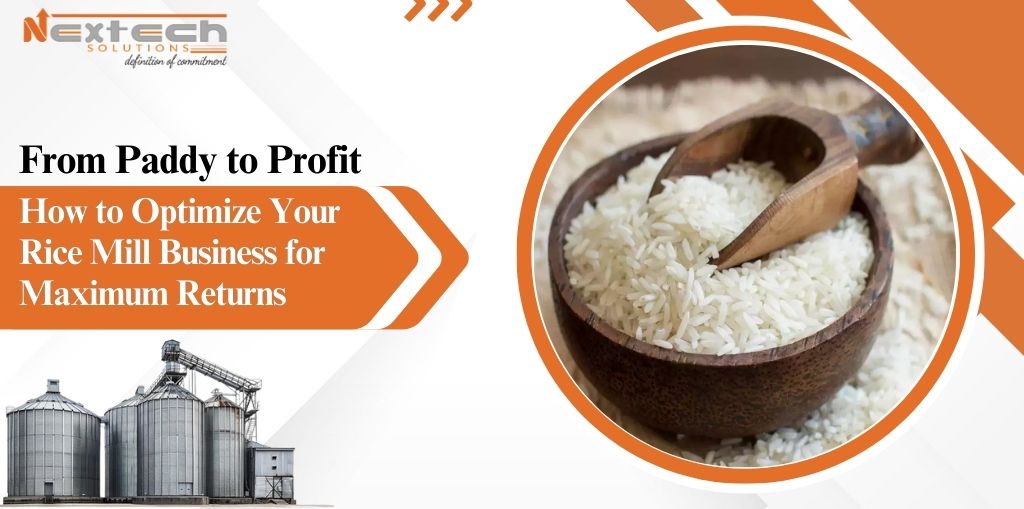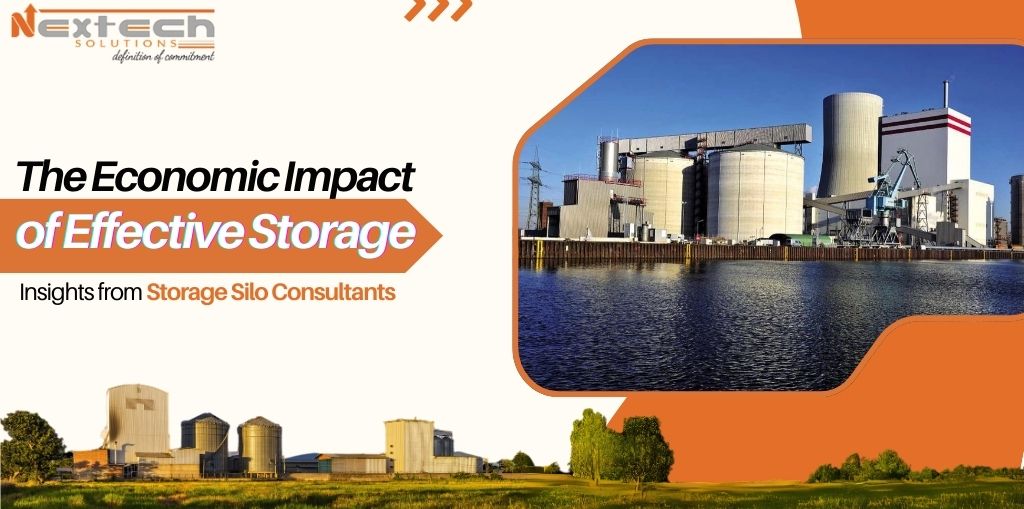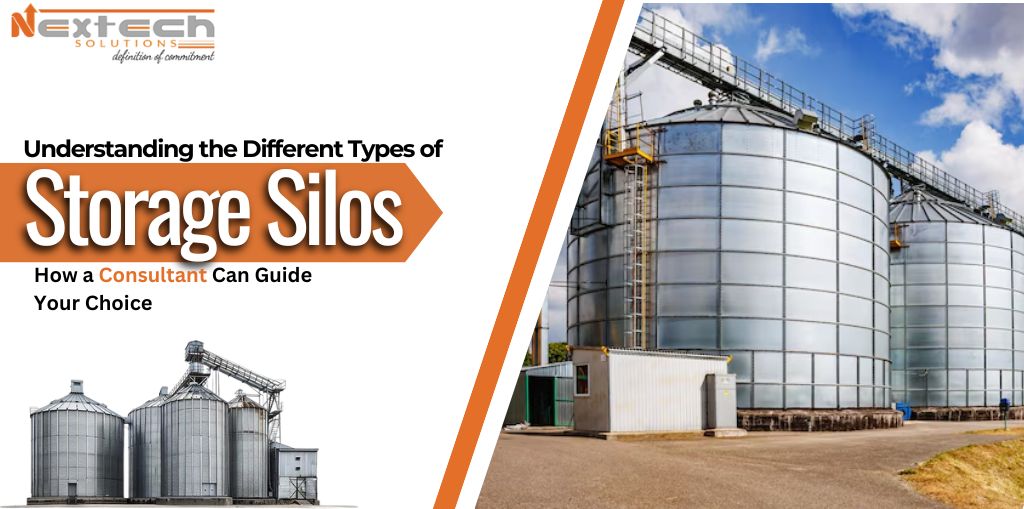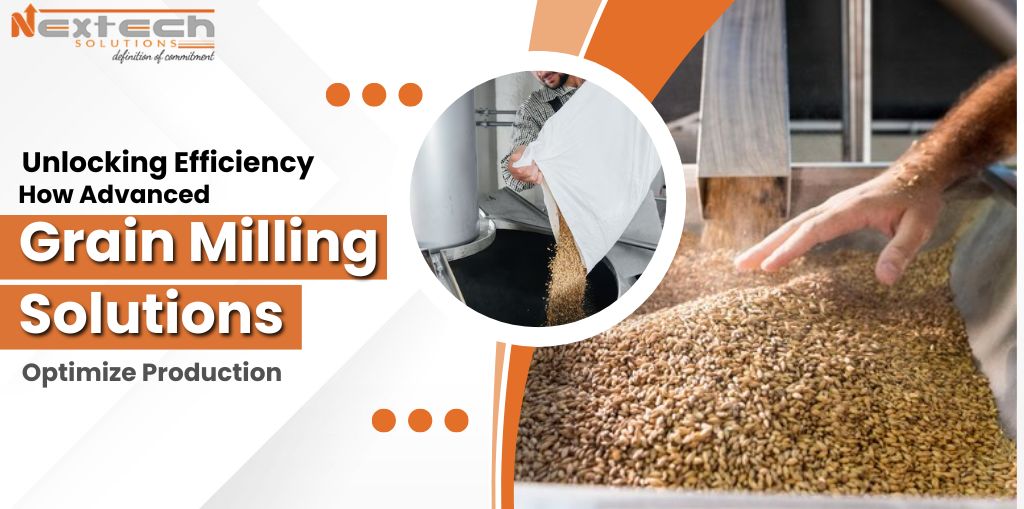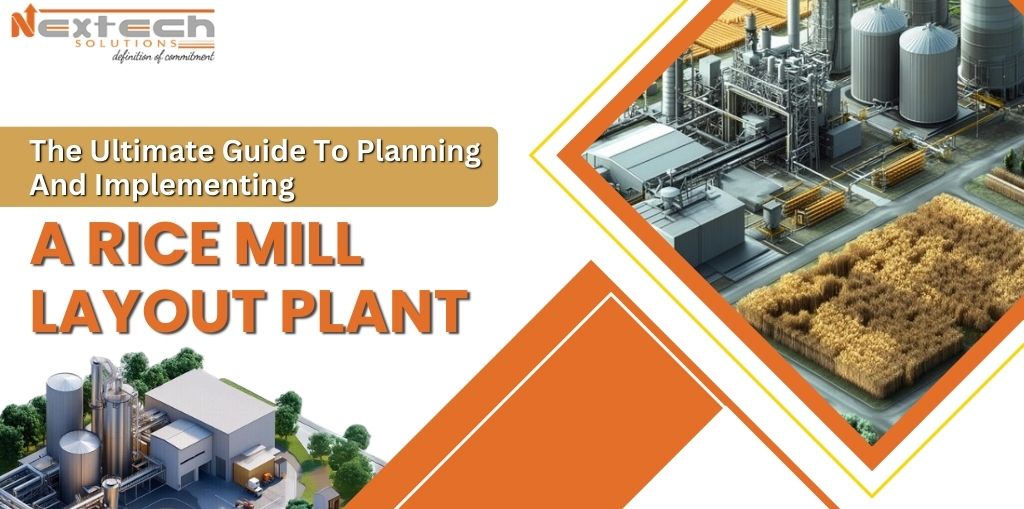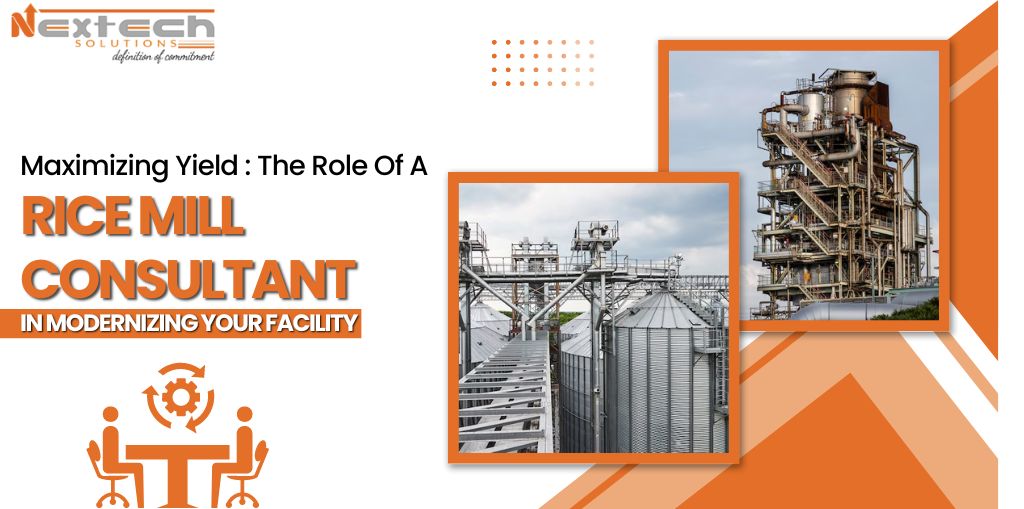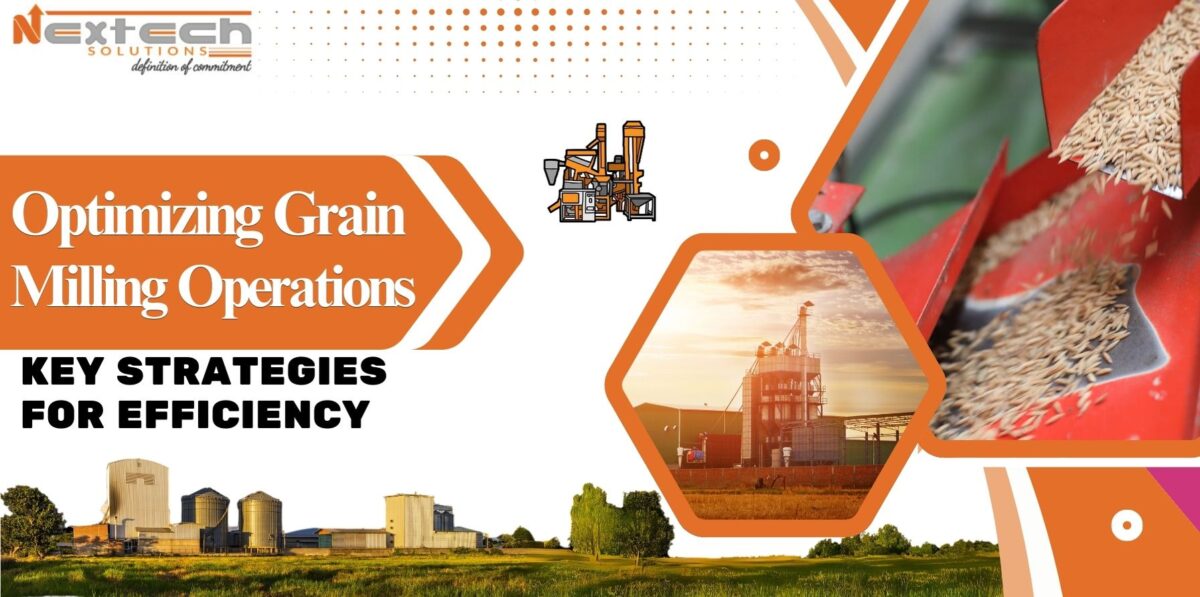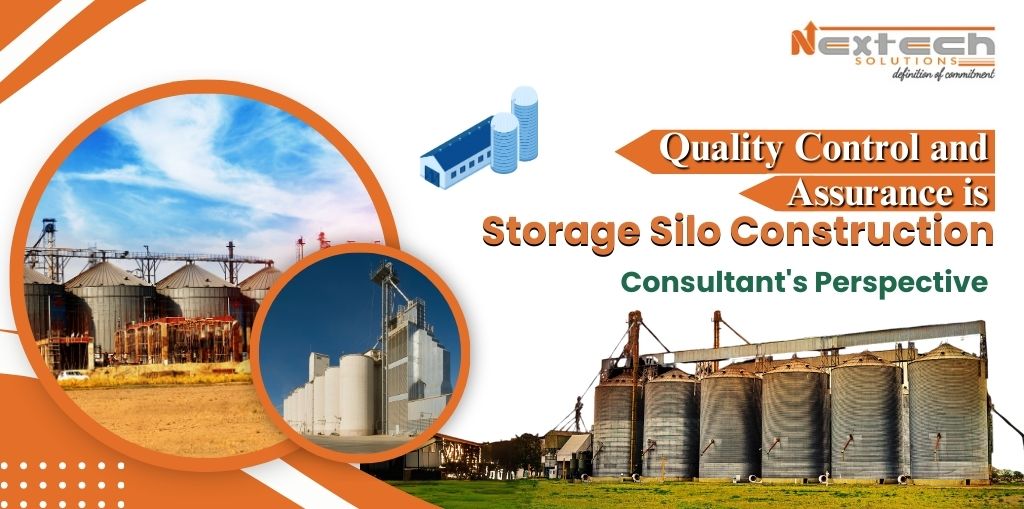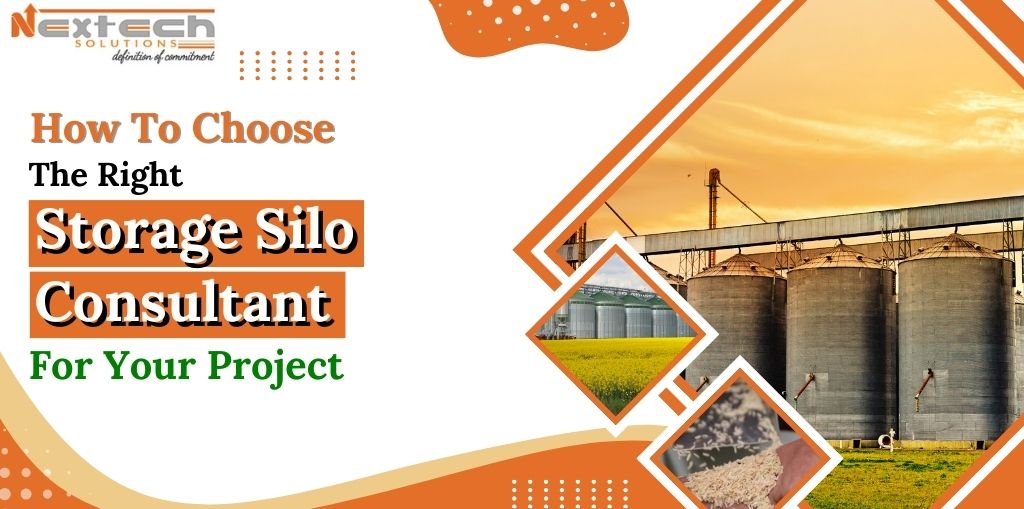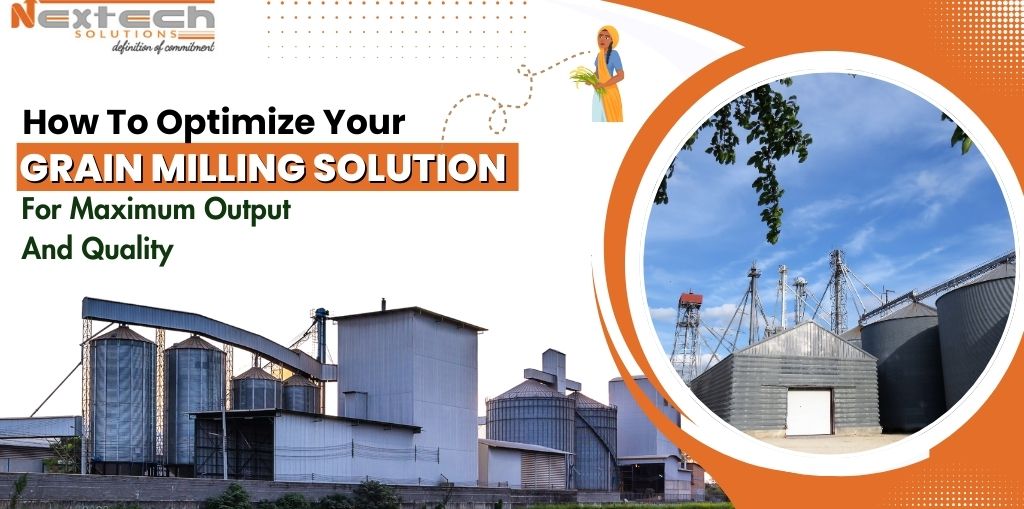Running a successful rice mill business involves more than just processing paddy; it requires strategic planning, efficient operations, and continual improvement. With the right approach, rice mill owners can significantly enhance their profitability. Here are key strategies for optimizing your rice mill operations, ensuring maximum returns.
Understanding the Rice Mill Business
The rice mill business is a vital part of the agricultural supply chain, converting raw paddy into polished rice ready for consumption. Understanding the intricacies of this process is crucial for maximizing efficiency. Key aspects include sourcing quality paddy, efficient milling processes, and maintaining equipment. By focusing on these areas, rice mill owners can create a sustainable and profitable business model.
1. Invest in Modern Equipment
Importance of Technology
One of the most effective ways to optimize your rice mill business is by investing in modern equipment. Advanced milling machinery can improve processing efficiency, reduce waste, and enhance the quality of the final product. For instance, high-quality rice mill machinery can ensure even husking and milling, which directly impacts the yield and quality of the rice.
Collaborating with Rice Mill Engineers & Designers
Partnering with experienced rice mill engineers & designers is essential for selecting the right machinery and layout for your facility. These professionals can help design an efficient milling process that minimizes downtime and maximizes output. They can also provide valuable insights into the latest technologies and best practices tailored to your specific needs.
2. Streamline Operations
Workflow Optimization
Optimizing workflow within the rice mill is crucial for enhancing productivity. Analyze each step of the milling process to identify bottlenecks or inefficiencies. Implementing streamlined processes, such as better inventory management and staff training, can lead to significant improvements in operational efficiency.
Employee Training and Development
Investing in your workforce is another vital strategy. Well-trained employees are more efficient and capable of identifying and solving problems quickly. Regular training programs can help your staff stay updated on the latest technologies and techniques in rice milling. This investment not only enhances productivity but also boosts employee morale and retention.
3. Quality Control Measures
Maintaining High Standards
Quality control is critical in the rice mill business. Implementing rigorous quality checks throughout the milling process can help maintain the high standards expected by consumers. Regularly testing the finished product for quality and consistency ensures that you meet customer expectations, leading to repeat business and increased profits.
Customer Feedback
Listening to customer feedback is another important aspect of quality control. Engage with your customers to understand their preferences and concerns. This information can guide improvements in your processes and product offerings, ultimately leading to greater customer satisfaction and loyalty.
4. Effective Marketing Strategies
Building Your Brand
To maximize profits, you must also focus on marketing your rice mill products effectively. Establish a strong brand presence that highlights the quality and uniqueness of your rice. Use various marketing channels, including social media, online advertising, and local partnerships, to reach your target audience.
Expanding Your Market Reach
Consider expanding your market reach by exploring new distribution channels or targeting different consumer segments. For instance, offering organic or specialty rice varieties can attract a niche market willing to pay a premium for high-quality products. By diversifying your product offerings, you can create new revenue streams and mitigate risks associated with market fluctuations.
5. Sustainable Practices
Environmental Responsibility
In today’s market, sustainability is more important than ever. Implementing eco-friendly practices in your rice mill operations can not only reduce your environmental footprint but also attract environmentally-conscious consumers. Consider using energy-efficient machinery, waste recycling programs, and sustainable sourcing practices.
Long-Term Profitability
Adopting sustainable practices can lead to long-term profitability. By reducing waste and optimizing resource use, you can lower operational costs while contributing positively to the environment. This dual benefit enhances your brand’s reputation and can lead to increased customer loyalty.
Conclusion
Optimizing your rice mill business requires a multifaceted approach that includes investing in modern equipment, streamlining operations, maintaining high-quality standards, and adopting effective marketing strategies. By collaborating with experienced rice mill engineers & designers, you can enhance your operational efficiency and profitability. As a trusted Rice Mill Consultant, Nextech Agri Solutions can guide you through these processes to ensure your success. Embracing sustainability will not only benefit your bottom line but also contribute positively to the environment. With these strategies in place, your rice mill business can thrive in a competitive market, turning paddy into profit effectively.
 MAIL US :
MAIL US :
 CALL US :
>
CALL US :
>
